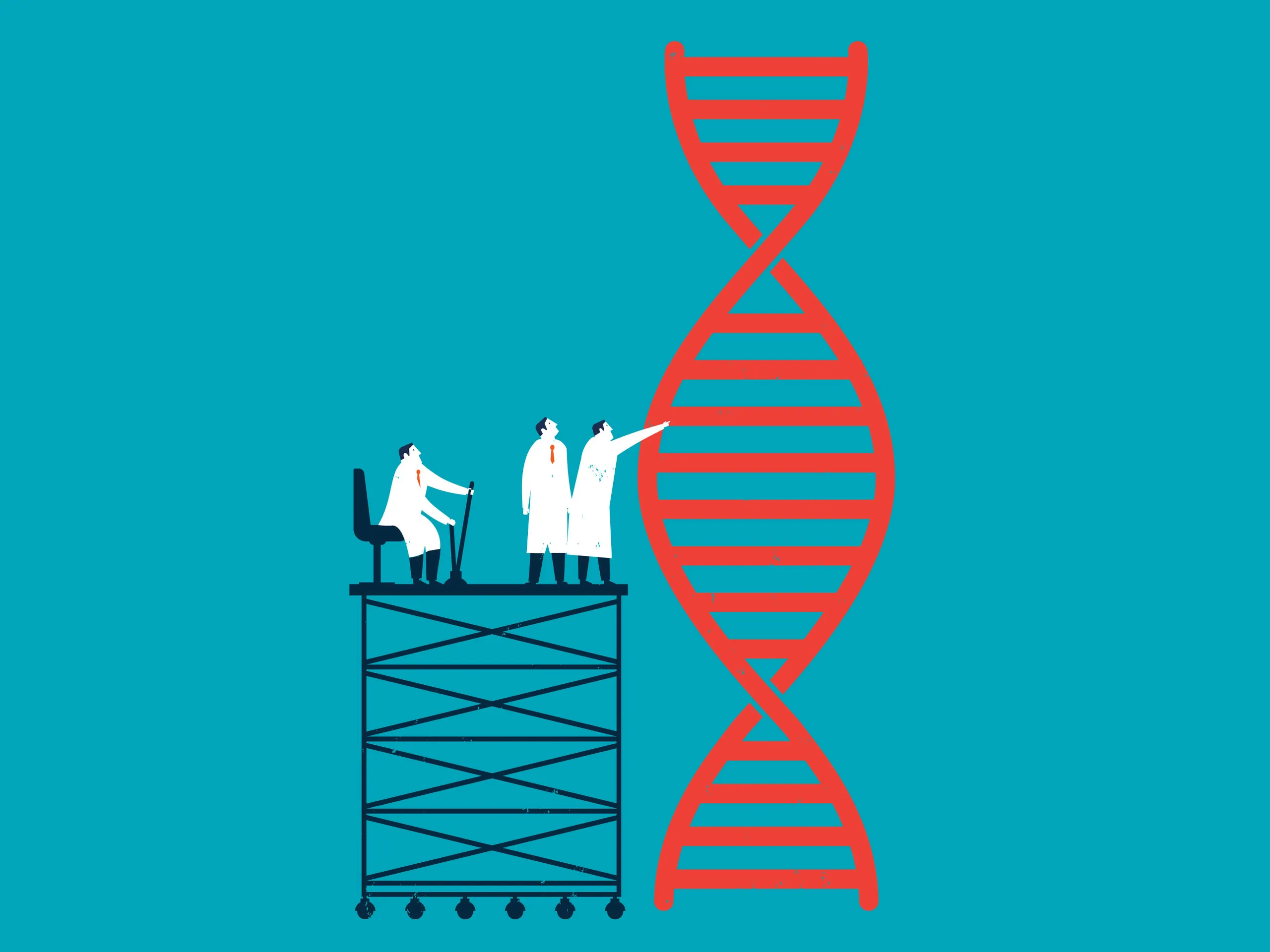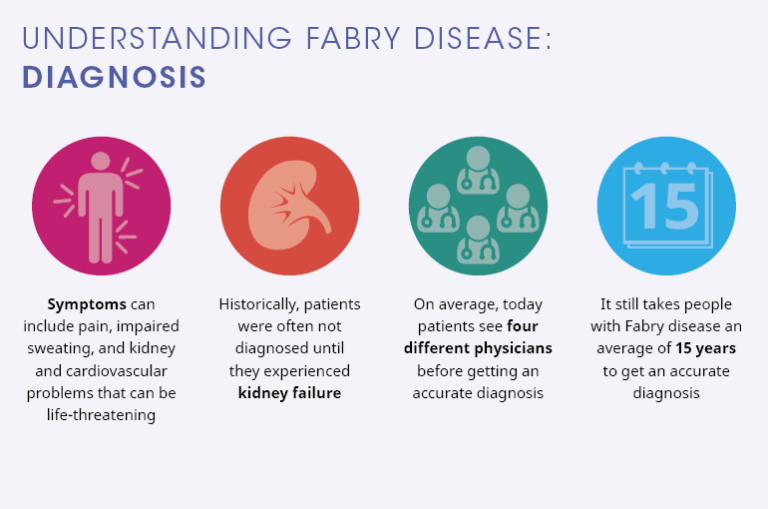I am reading the infectious disease surveillance data with a certain watchfulness, to be prepared better to face the disease in patients, friends, family. A few years ago my country was at risk to import the Ebola virus disease and in 2016 two cases of Zika virus infection were proved near us, in Poland. There even was a risk of cancellation of The 2016 Summer Olympics in Brazil because of epidemiological status in the country, however, the possible risks were considered as insignificant. This note is devoted to the latest research in Zika virus disease.
This virus disease is transmitted by Aedes mosquitoes, which can infect humans through bites. People who are living or traveling in areas with infection cases, or those who have sex without condoms with such people, are considered to be in the risk group.
The symptoms of it are unspecific: fever, general malaise, maculopapular rash, conjunctivitis, muscle pain, in some cases the disease will not show any symptoms. In addition, an increased frequency of neurological disorders is reported to be in infected persons: neuropathies, myelitis or even Guillain-Barre syndrome, a severe autoimmune disorder. The diagnosing of the infection is possible using RT-PCR and ELISA, but the effective treatment and vaccination against it is not discovered yet.
But the main significance of Zika virus disease is in the potential of the virus to infect neuronal progenitor cells. Today’s evidence are enough to confirm the correlation between the infection during pregnancy and fetal brain abnormalities, especially microcephaly.
In September 2018, the paper about mechanisms of host-pathogen interactions in Zika virus infection was published. Researchers from California investigated the cellular response of human blood monocyte-derived macrophages (HMDMs). At the first stage, they infected HMDMs in vitro in the presence of human Dengue virus immune serum to cause the antibody-dependent enhancement effect. This effect allows to increase the “infectivity” of cells due to sedimentation of non-neutralizing antiviral antibodies on cell membranes, it resulted in 40% of infected macrophages in the culture average. The researchers used immunohistochemical intracellular staining for the flavivirus E protein and used the fluorescence-activated cell sorting to separate ZIKV antigen-positive (ZIKV+) and ZIKV- populations. This allowed to perform the transcriptome investigations and to compare the results of both populations.
The work is unique itself because it allowed to compare the transcriptome profiles of unmodified separated isolates, instead of the mixed cultures.
Researchers found that Zika virus interferes in a regulation of several cellular pathways, for example, in ZIKV+ cells an upregulation of genes, associated with cholesterol synthesis, ER/Golgi trafficking and cell survival was detected. An interesting fact, cholesterol itself plays the role in flaviviruses immune evasion and replication, while ER/Golgi apparatus functioning is important for flaviviruses maturation. In the same time, the downregulation of type I interferon signaling and global transcription suppression were shown to be in ZIKV+ cells.
With this data, scientists believe it will be possible to find a new therapy, based on the infected cells transcription modification, and the new proposed approach allows to separate infected cells from the global population to facilitate the investigations in this field.
##References
- The key article: Aaron F. Carlin et al. ‘Deconvolution of pro- and antiviral genomic responses in Zika virus-infected and bystander macrophages’, Proceedings of the National Academy of Sciences Sep 2018, 201807690 _ http://www.pnas.org/content/early/2018/09/10/1807690115
- Centers for Disease Control and Prevention ‘Zika Virus”, 5 September, 2018 https://www.cdc.gov/zika/index.html
- World Health Organization ‘Zika virus”, 20 July 2018, http://www.who.int/news-room/fact-sheets/detail/zika-virus
- Irfan A. Rather et al. ‘Zika Virus Infection during Pregnancy and Congenital Abnormalities’, Front Microbiol. 2017; 8: 581._




